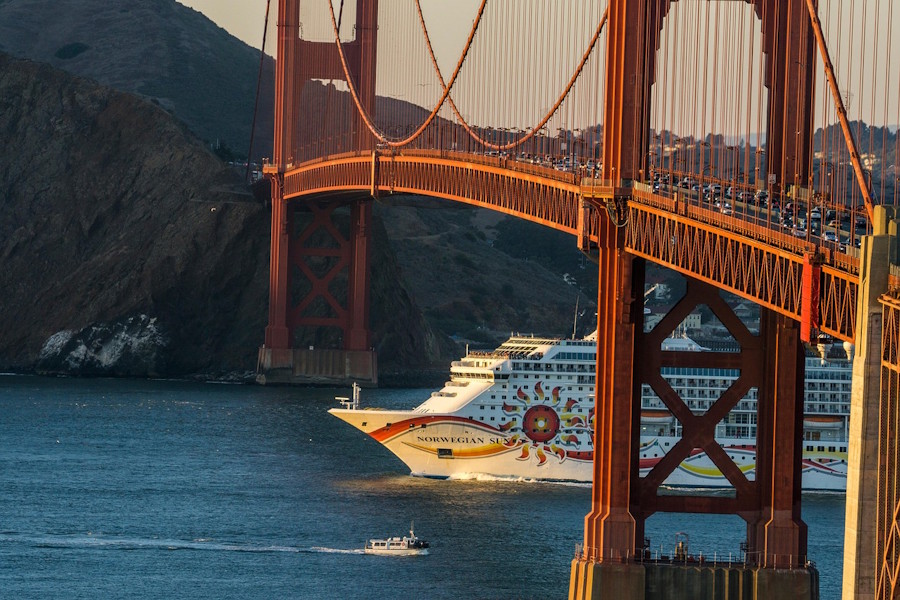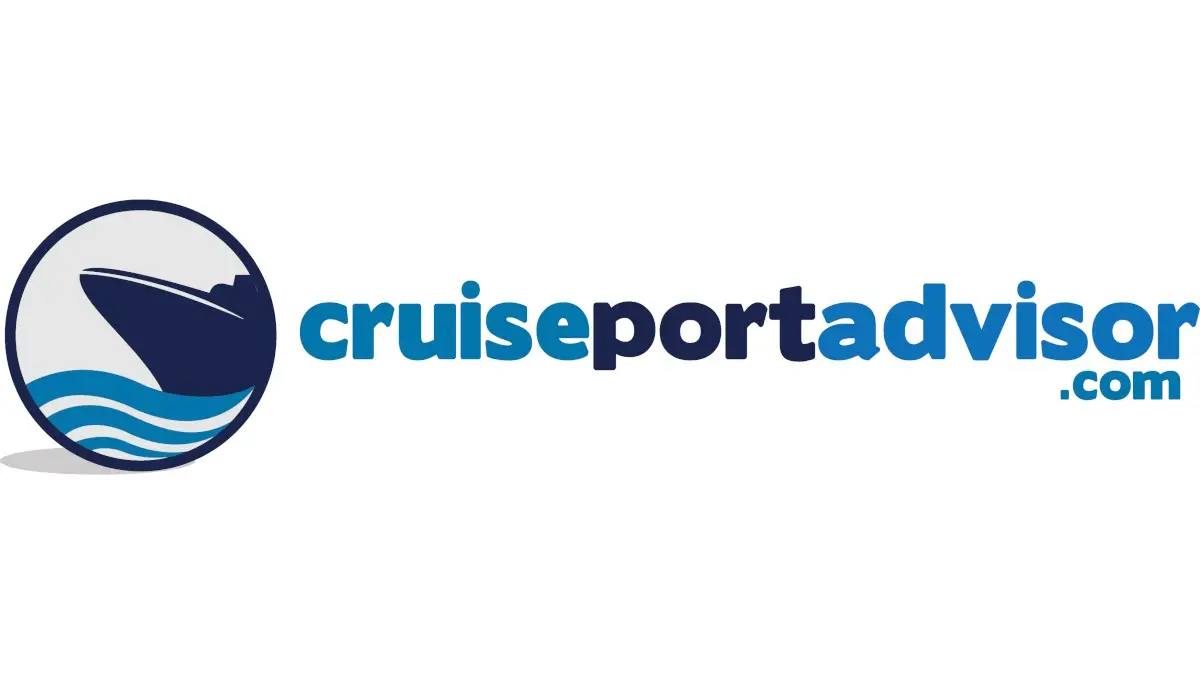Home » Can cruise ships leave passengers behind?
Can cruise ships leave passengers behind?
Updated May 7th, 2025
While it doesn’t happen too often that a passenger gets left behind, people arriving late is all too common. If you stand out on the deck, shortly before the ship is scheduled to depart, you’ll likely notice the last few stragglers running for their life in order to get back to the ship before the gangway is pulled back. It can be quite entertaining to watch.
Introduction to Cruise Ship Departures
Cruise ships, known for luxury and adventure, follow strict schedules. A frequent concern is whether ships can leave passengers behind at ports. The answer is yes. Delays often result from passengers ignoring time or late shore excursions.
Besides being back to the ship on time on port days, read this article to get tips for Embarkation Day First Day Tips!
Though rare, being left behind occurs. Cruise lines like Royal Caribbean and Carnival enforce timely departures to ensure efficiency, safety, and fairness for thousands onboard.
Why Ships Leave Passengers Behind
Cruise ships adhere to tight itineraries coordinated with port authorities. Delays incur docking fees or disrupt schedules. Late departures may require speeding to the next port, raising fuel costs.
Safety protocols demand timely exits, especially in busy ports with limited docking windows or changing tides. Waiting for stragglers impacts thousands of passengers and crew. Operational efficiency, cost management, and regulatory compliance drive the decision to leave latecomers, keeping the cruise on track.
The “Pier Runner” Phenomenon
Late passengers are called “pier runners” by those onboard. Watching them sprint to the gangway before it’s raised entertains some. These latecomers misjudge time or face excursion delays. Being a pier runner is stressful, despite amusing onlookers. Ships may wait for large groups delayed by official excursions, but individuals risk being left behind. This highlights the critical need for punctuality to avoid embarrassment and complications.
Consequences of Being Left Behind
Stranded passengers must arrange and pay for transportation to the next port. This is challenging if passports or valuables remain onboard. A notable case involved eight passengers on the Norwegian Dawn, stranded in São Tomé and Príncipe after a private excursion ran late. Without language skills or local currency, they struggled for six days before rejoining the ship. Such incidents reveal the logistical and emotional toll of being left behind, often souring the cruise experience.
Cruise Line Policies on Delays
Cruise lines prioritize timely departures. Ship-sponsored excursions typically prompt the ship to wait if delayed. Private excursions, like the one in São Tomé, lack this guarantee. Cruise lines, including Norwegian, deliver passports to port agents for stranded passengers but proceed with departure. The captain decides whether to wait, balancing operational needs and fairness. Policies ensure schedules benefit the majority onboard, maintaining smooth operations.
Ship Time vs. Port Time
Cruise ships use “ship time,” based on the home port, for consistency across time zones. This prevents confusion for passengers and crew. Adjusting to local port time risks miscommunication, late returns, or missed departures. Passengers must check departure times in daily newsletters or announcements. Understanding ship time versus port time is vital to avoid errors and ensure timely returns to the ship.
Tendering Challenges
Some ports use tender boats to ferry passengers ashore. Passengers must note the last tender’s departure time. Lines grow long, and boats fill quickly near deadlines. Missing the last tender ensures being left behind. Boarding earlier tenders avoids stress and ensures timely returns, especially in busy or remote ports where tendering is common. Planning ahead is essential for smooth port visits.
Ship-sponsored excursions guarantee timely returns. Independent operators, like Shore Excursions Group, cost less but carry risks. Reputable operators align with ship schedules, ensuring ample return time. In rare delays, some cover meals, hotels, and transport to the next port. Choosing reliable excursions reduces the risk of being stranded, offering peace of mind for explorers.
Risks of Independent Exploration
Independent port exploration requires careful planning. Passengers must research ports, accounting for traffic or “island time” delays, where local guides may lack urgency.
Unfamiliarity with terrain or transport can cause tardiness. Independent travel offers flexibility but demands vigilance to avoid missing the ship. Staying near the port and monitoring time closely ensures a safe return without complications.
Tips to Avoid Being Left Behind
To stay on schedule, passengers should:
- Check Departure Times: Review newsletters or announcements for return times. Confirm ship time or port time.
- Plan Ahead: Allow extra time for delays, like traffic or lines. Arrive early at the port.
- Use Ship Excursions: Book cruise-line excursions for guaranteed returns. Choose reputable independent operators if preferred.
- Carry Essentials: Keep passports, IDs, and contact details on hand, not onboard, for easier logistics if delayed.
- Set Alarms: Use a watch or phone to track time, ensuring timely returns to the ship or tender.
Role of the Captain
The captain holds final authority on departures. They consider port schedules, weather, and costs. If a few passengers are late, the captain may depart to avoid penalties or delays for others. For significant delays, like late ship excursions, captains often wait. Their decisions prioritize safety, efficiency, and fairness, ensuring the cruise runs smoothly for all passengers and crew.
Passenger Responsibilities
Passengers must ensure punctuality. Cruise lines provide clear departure times via newsletters, apps, or announcements. Ignoring these risks being stranded. Passengers should contact crew if delays occur, especially on excursions. Carrying cruise line contact details aids coordination if left behind. Proactive steps ensure a stress-free experience, avoiding costly and disruptive consequences.
Support for Stranded Passengers
Cruise lines offer limited support for stranded passengers. Passports are delivered to port agents, and contact information is provided for rejoining the ship. Passengers arrange flights, hotels, or transport at their expense, often costly. Some lines offer guidance via customer service, but costs are not covered unless delays involve ship-sponsored excursions. Preparation reduces reliance on such support.
Impact on Other Passengers
Leaving latecomers ensures fairness for punctual passengers. Delays disrupt onboard activities, dining, or port arrivals, affecting thousands. Cruise lines prioritize the majority, maintaining itineraries for shows, meals, and excursions. This policy reinforces timeliness, ensuring everyone enjoys the planned vacation without disruptions caused by a few late individuals.
Cultural and Port Differences
Ports vary in infrastructure and punctuality. Relaxed regions, like Caribbean islands, operate on “island time,” causing delays. Busy ports, like Miami, enforce strict schedules, increasing departure pressure. Passengers must adapt, researching transport or walking distances. Understanding these differences helps plan returns, avoiding surprises from cultural or logistical challenges.
Financial Implications
Being stranded incurs significant costs. Flights, accommodations, and meals are at the passenger’s expense. Without passports or funds onboard, securing travel is harder. Travel insurance covering missed departures mitigates costs. Passengers should verify policies before cruising, ensuring coverage for such scenarios to avoid financial strain and unexpected expenses.
Emotional and Logistical Toll
Being stranded, as with the Norwegian Dawn passengers, is emotionally taxing. Navigating unfamiliar ports without language skills or resources adds stress. Logistical challenges, like arranging travel or visas, compound issues. These experiences can diminish the cruise’s joy, emphasizing the need for preparation and schedule adherence to maintain a positive travel experience.
Communication with Cruise Lines
Passengers should communicate with cruise lines before and during trips. Pre-cruise, confirm excursion details and departure times. During excursions, notify crew of potential delays. Ships may adjust plans if informed early. Carrying contact numbers for the cruise line or port agents ensures quick communication if issues arise, helping resolve problems efficiently.
Technology for Time Management
Modern cruise ships offer apps for time management. These provide schedules, departure times, and excursion details. Passengers can set reminders for return times or tender schedules. Using wearable devices or phones with alarms enhances punctuality. Leveraging technology simplifies planning, reducing the risk of missing the ship and enhancing the cruise experience.
Pre-Cruise Preparation
Preparation prevents being left behind. Research ports, noting distances and transport options. Book excursions early, favoring ship-sponsored or reputable operators. Pack essentials like passports, cash, and contact details in a carry-on. Review insurance for coverage of missed departures. These steps ensure readiness, allowing passengers to focus on enjoying their cruise without worry.
Crew Training and Protocols
Crew are trained to manage departure schedules. They monitor passenger returns, especially during tendering, and communicate with the captain. Protocols ensure timely gangway removal and adherence to port regulations. Passengers benefit from this efficiency, as crew reminders and announcements reinforce the need for punctuality, maintaining the cruise’s smooth operation.
Legal and Safety Considerations
Departing on time aligns with legal and safety requirements. Port authorities enforce docking windows, and fines apply for delays. Safety concerns, like tides or weather, necessitate prompt departures. Cruise lines balance these factors to protect passengers and comply with regulations, ensuring safe and efficient travel for everyone onboard.
Final Thoughts
Cruise ships can leave passengers behind to uphold schedules, safety, and fairness. Punctuality is crucial to avoid costly, stressful consequences. By checking times, booking reliable excursions, and carrying essentials, passengers prevent being stranded. Cruise lines, like Norwegian and Carnival, balance operational needs with support, ensuring smooth voyages. With planning, travelers enjoy cruises, from exotic ports to onboard entertainment, worry-free.
1. Pay attention to the time.
Before you get off the ship, make sure you know what time you need to be back. You can find this information in your daily cruise news and there will likely be announcements before you get off the ship.
Also make sure you know if the time is running on “ship time” or “port time.” Cruise ships use their home port’s time, known as “ship time,” to maintain consistency in scheduling, regardless of local time changes at different ports.
This prevents confusion for passengers and crew, especially when sailing through multiple time zones. Keeping a fixed time ensures smooth operations, timely departures, and adherence to onboard activities.
If the ship adjusted to each port’s local time, it could lead to miscommunication, late returns from excursions, and missed departures. By sticking to ship time—typically based on the home port or departure port—the cruise line minimizes errors and keeps everything running efficiently.
If you have been tendered into a port, make sure you know what time the last tender leaves (and try to get on before that). Lines can be long and the tender boats can fill up fast the closer you get to boarding time.
2. Take an excursion instead of going off on your own.
Going off on your own can be tricky if you’re unfamiliar with your port. You will need to be really conscious of the time, and do some research of the port prior to arriving.
You will also have to factor in time for unexpected delays. Many islands run on “island time” and do not have a sense of urgency, even when guiding a tour.
The cruise line always says it’s best to take their shore excursions because they are guaranteed to get back to the ship on time. There are other independent tour companies that offer excursions at a lower price than what the cruise ship charges, but you have to take the chance that they will get you back on time.
Shore Excursions Group is a good example of this. All of their tour operators are fully aware of what time your ship departs and the tours are designed with this in mind, giving you plenty of time to spare to get back to the ship.
In the very rare occurrence that you don’t make it back in time, Shore Excursions Group will fully pay for your meals, hotel costs and transportation to the next port, to meet back up with the ship.
Just be responsible for yourself and make good decisions. You don’t want to end up like this:
RECENT POSTS

Discover the Cruise Ports of Eastern Canada & Quebec
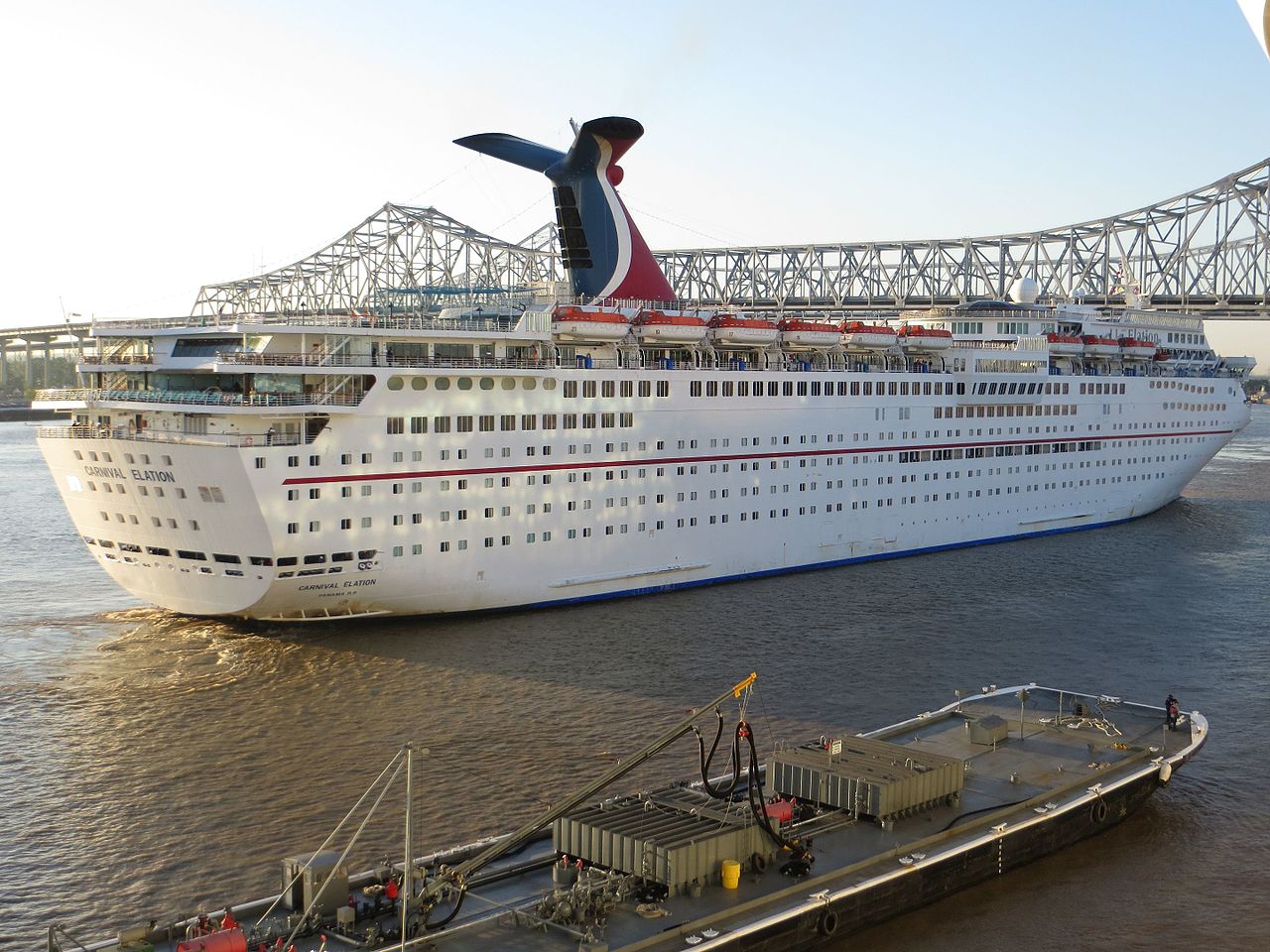
Inside the Worst Cruise Lines: Lowest-Rated Ships and Why They Disappoint

Snorkeling in Cozumel: A Cruise Passenger’s Guide for Your Port Day
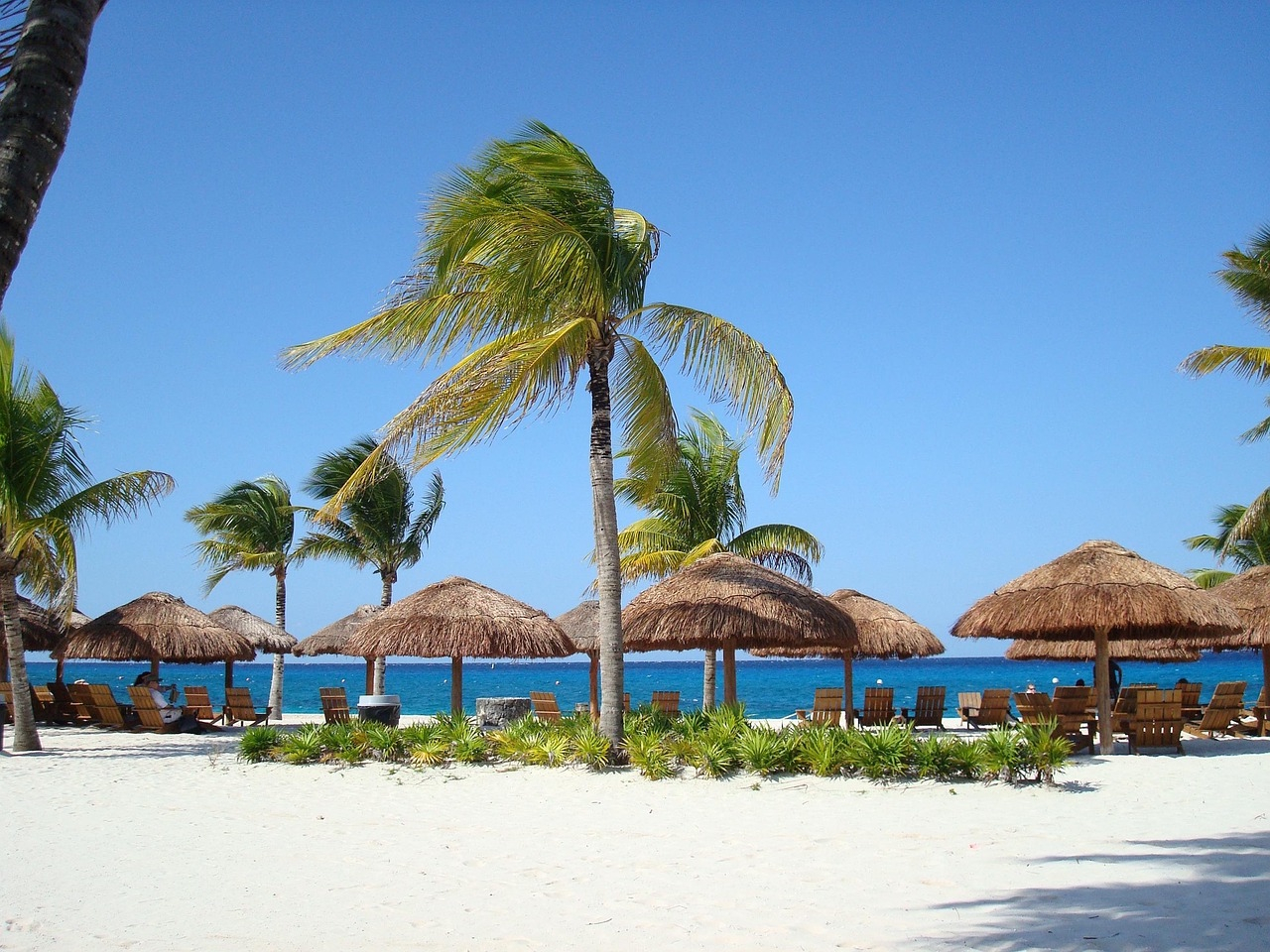
How to Make the Most of a Short Port Stop in Cozumel
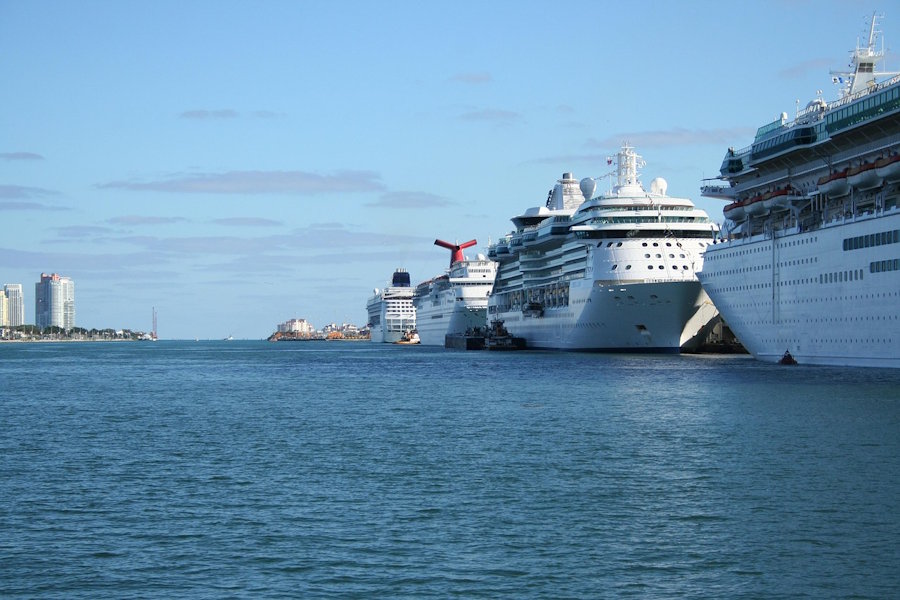
Cruise Ship Ports in Florida
